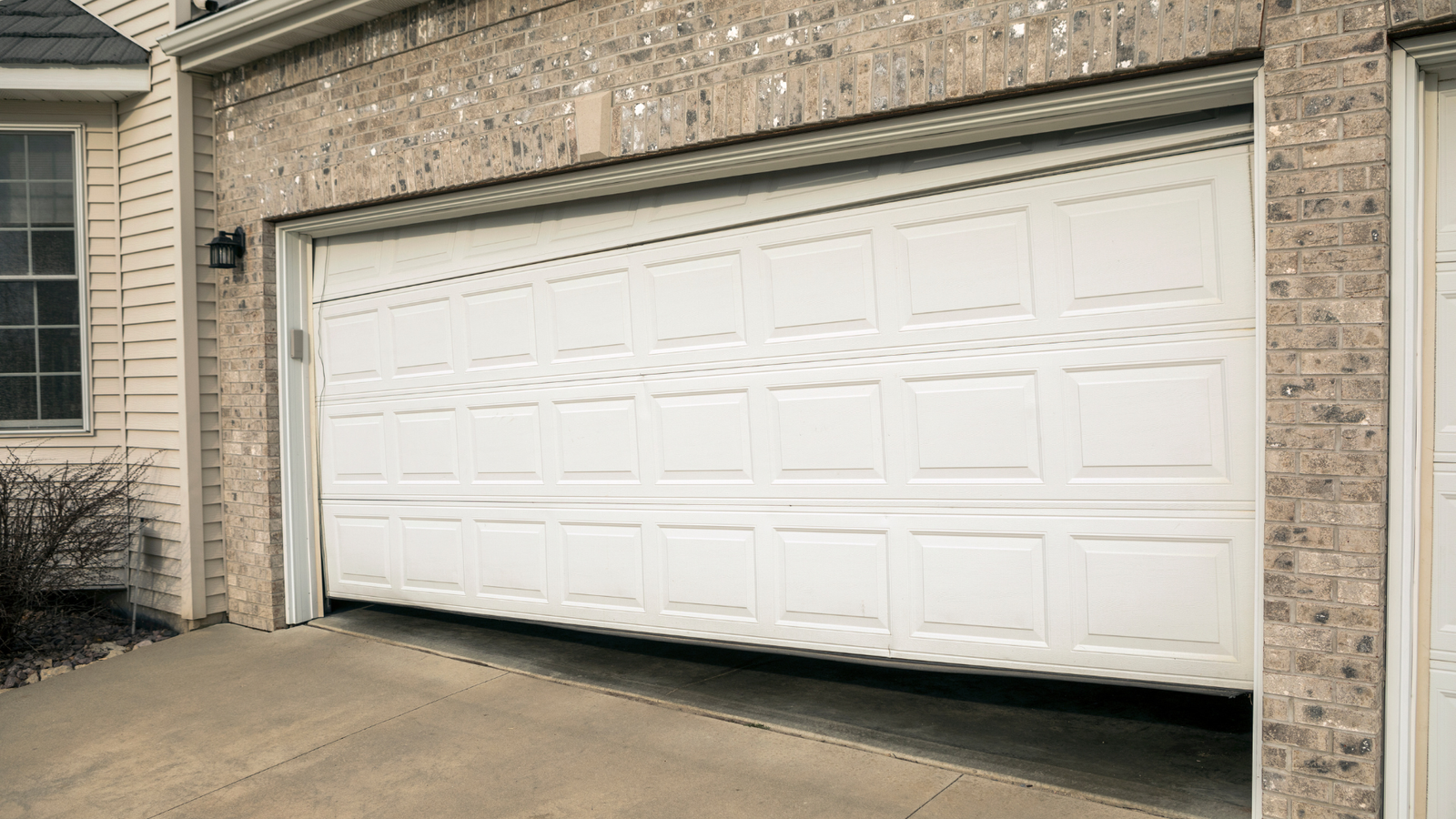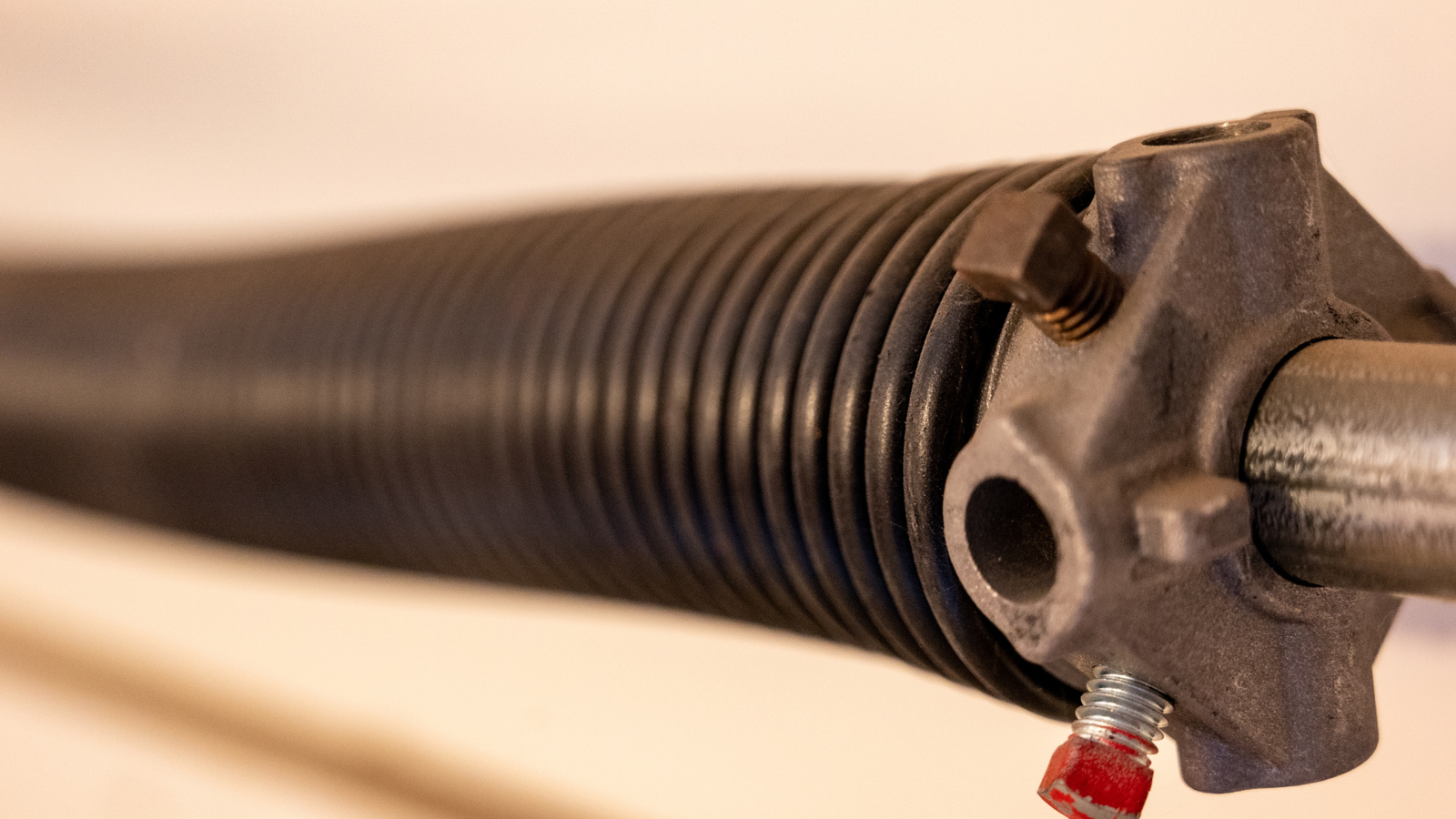- Counterbalance System:
Torsion Springs or Extension Springs: Most garage doors utilize either torsion springs or extension springs to counterbalance the weight of the door. These springs are tightly wound and store energy, making it easier for the door opener to lift the heavy door.
Lifting Mechanism:
Opener Motor: An electric motor powers the garage door opener, which is usually mounted on the ceiling. The opener motor is connected to the counterbalance system (either through a torsion bar or extension springs) to assist in the lifting and lowering of the door.
Drive Mechanism: There are three main types of drive mechanisms for garage door openers: chain drive, belt drive, and screw drive. These systems dictate how the motor’s power is transmitted to move the door.
- Control System:
Remote Control: Most modern garage doors come with a remote control that allows homeowners to open and close the door with a press of a button.
Wall-Mounted Control Panel: A control panel mounted on the wall inside the garage provides additional options for operating the door and often includes features like a lock button and light control.
- Safety Features:
Photoelectric Sensors: These sensors are mounted near the floor on either side of the garage door. They create an invisible beam, and if anything (like a person or object) obstructs the beam while the door is closing, the door will automatically reverse to prevent injury or damage.
- Auto-Reverse Mechanism: If the garage door encounters resistance while closing (sensing an obstacle in its path), it should automatically reverse direction.
- Manual Release:
Emergency Release Cord: In case of a power outage or opener malfunction, there’s typically an emergency release cord that allows you to disengage the door from the opener. This enables manual operation of the garage door.
- Limit Switches:
Open and Close Limit Switches: These switches determine the fully open and fully closed positions of the garage door. They ensure that the door stops at the correct points during operation.
- Tracks and Rollers:
- Tracks: The garage door operates along a set of tracks on either side of the door frame. Torsion springs or extension springs are connected to the door, and as they unwind or extend, they lift the door along the tracks.
- Rollers: The garage door moves along the tracks with the help of rollers. These rollers are attached to the sides of the door and roll within the track.



